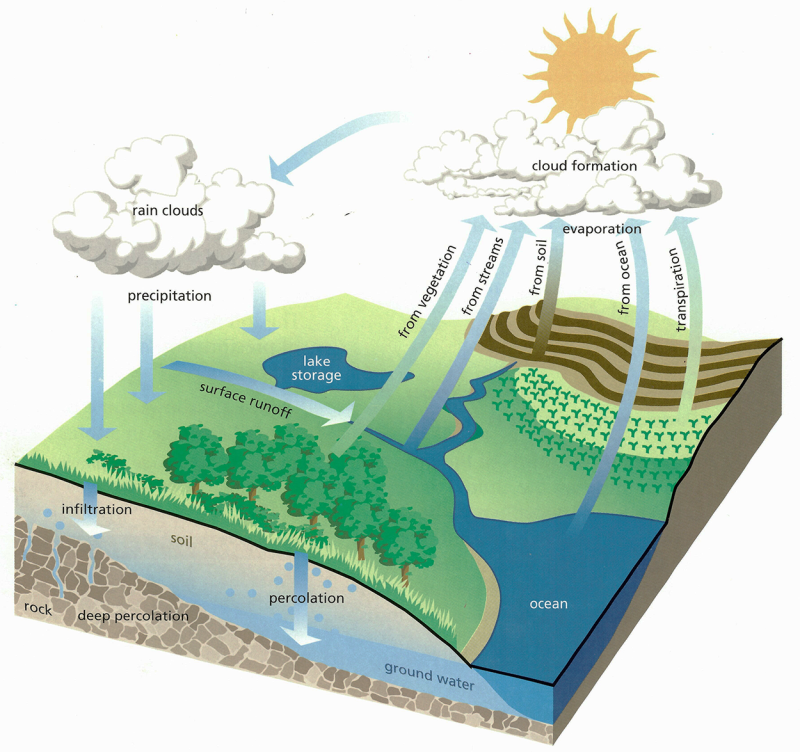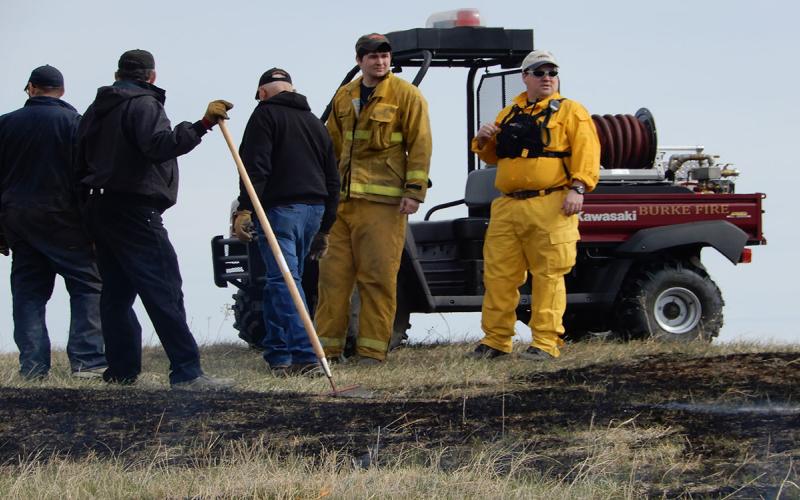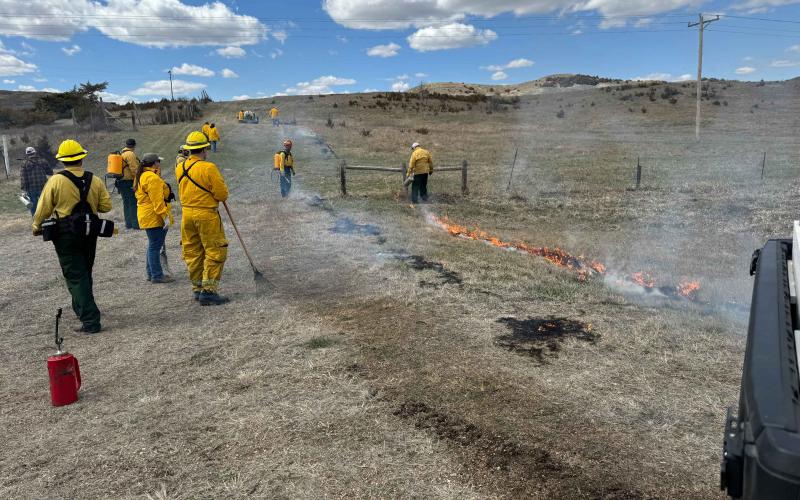A watershed is an area of land where all the water that that falls on it, or emanates from springs, is collected by gravity and runs off to a common outlet. The drainage network of a watershed (the tributaries, creeks, streams, and rivers) is the system that collects the water from the entire area and delivers it to the outlet. Not all precipitation that falls on a watershed flows out, however. Water can be lost through evaporation or transpiration, stored for long periods in surface waterbodies, such as wetlands or lakes, or recharged through groundwater aquifers (Figure 1).

The formation of watersheds and corresponding drainage networks evolved in “dynamic equilibrium,” meaning watersheds developed and exist through natural change, sometimes called disturbances. Natural change can have adverse effects on one component of an ecosystem while benefiting another. A healthy watershed will have the capacity to withstand or recover after a disturbance and develop a relatively stable equilibrium, which is the definition of resiliency.
Change can be both natural and man-made. Natural changes typically do not permanently damage an ecosystem, because the ecosystem developed over time in response to those changes. The system is resilient. Examples of natural change may include drought, flooding, fire, ecetera. Man-made changes, however, have been at a magnitude and frequency such that watershed ecosystems have not adapted. The system does not recover and is permanently changed. Examples may include dams, levees, channelization, the introduction of exotic species, agriculture, and urbanization to name a few.
Hydrologically, there are three fundamental watershed functions: 1) Collection of the water that becomes runoff. 2) Storage of various amounts and for various durations, and 3) Discharge of water as runoff (Black 1996). Large-scale changes in the watershed can affect any and all of these functions. We work to understand the impacts of these changes; and, if we decide that we value the resource as people and have the will, mitigate those impacts.
Additional Resources
- Stream Corridor Restoration: Principles, Processes, and Practices. U.S. Environmental Protection Agency.
- Agents of Watershed Change. U.S. Environmental Protection Agency.
- Watersheds and Drainage Basins. U.S. Geological Survey
- Watershed Hydrology, Second Edition. Peter E. Black.


